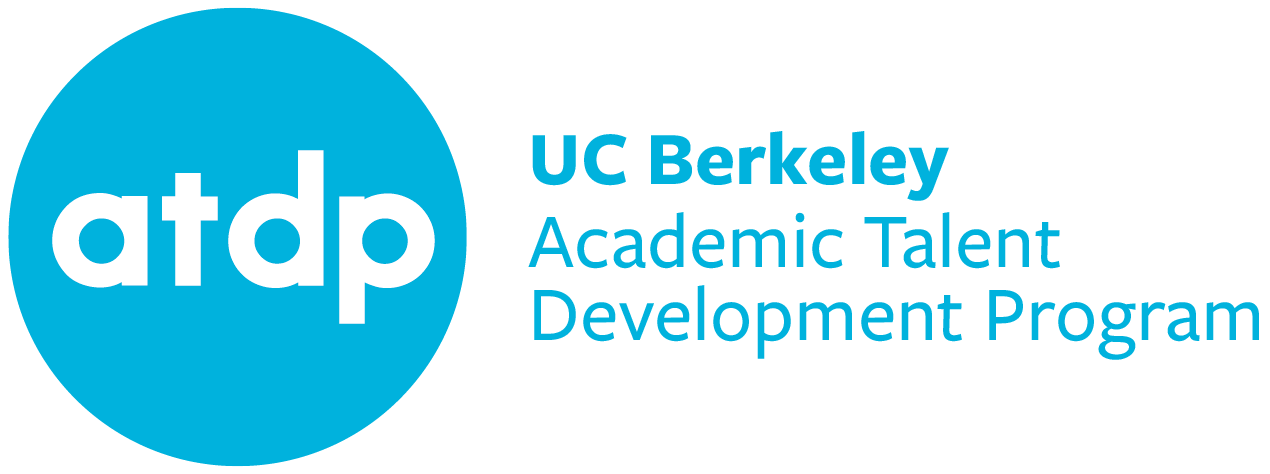by Paul Bulakowski
Summer 2011 was the fourth continuous year ATDP has offered a neuroscience class, and the course has evolved and adapted each year to new knowledge as it develops. I proposed and developed the course as a means of mentoring advanced ATDP students to assist them in learning not just why I, as a professor and researcher, pursue knowledge creation so passionately, but also to set a model for them as they move from novices to experts over the years ahead. It goes without saying that I personally believe that neuroscience education is essential for students of all ages, especially in light of the rapidly emerging technological landscape, the new challenges faced by an aging population, and the deluge of new, brain-based treatment options.

This summer our Cognitive Neuroscience class took on a challenge that may be impossible—to begin to understand how the brain, body and environment act in concert to allow consciousness and our cognitive functions to emerge. The human brain is arguably the most complex known structure in the universe. It weighs around 3 pounds, is squishy to the touch, and needs to consume a massive amount of energy to run (nearly ¼ of our body’s glucose, or energy). With the brain’s 100 billion neurons, trillions of connections, hundreds of interconnecting structures, and the unique wrinkled pattern of its cortex, beginning to make sense of all this complexity was an awesome challenge indeed.
Our students began their 6-week experience learning the 3D structure of the brain by studying (and making!) models of the brain. We learned about brain imaging through lectures and a visit to an actual fMRI scanner at the Berkeley Imaging Center. We had several guest speakers, such as Berkeley professor and textbook co-author Rich Ivry, speak to our class about some of the latest methods he uses in his research on motor control. Another speaker had a condition called synesthesia, which causes his senses to be crossed (specifically, he saw black and white letters as having color). Through lecture examples and case studies by Oliver Sacks, we examined brain injury and pondered the resultant cognitive changes. We even learned some mediation techniques, exploring both the impact of stress on the brain and some ways to best take care of our brain and mental health.

Paul Bulakowski is a Secondary Division instructor and has taught topics in psychology for four years at ATDP. He studied in UC Berkeley’s Vision Science program as a postdoctoral scholar and currently holds an assistant professorship at the University of the Pacific.
